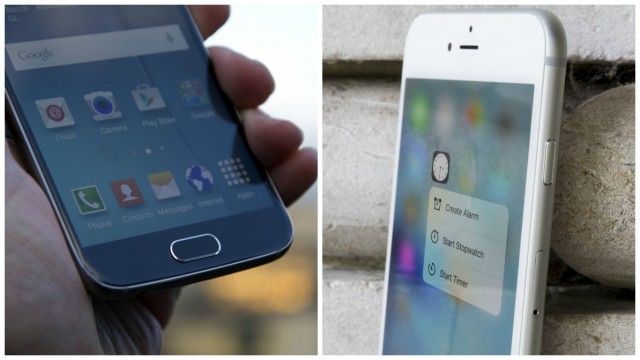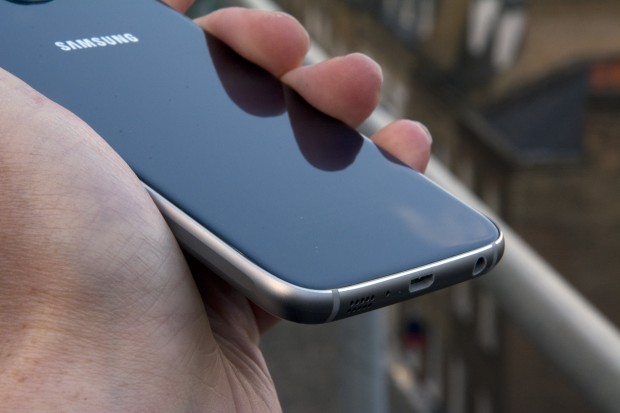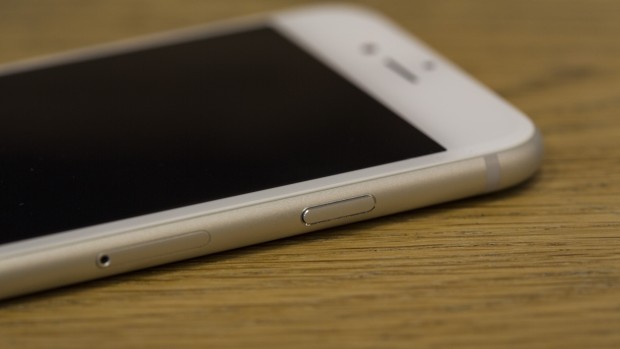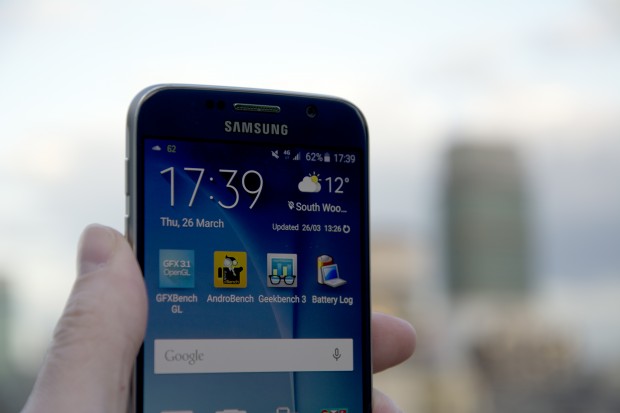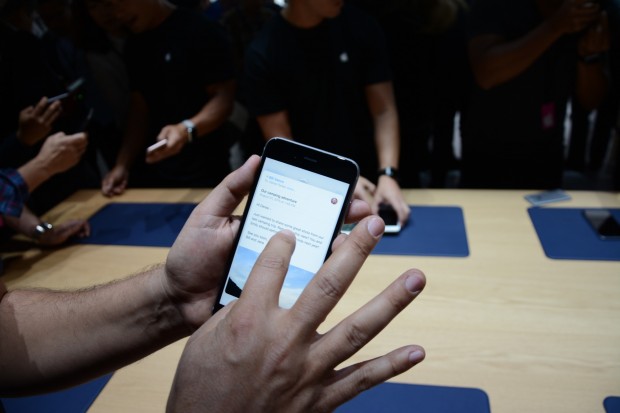Apple around a decade back started its work on the project, back in time when no one could have ever imagined a touch screen phone but Apple provided that, now when you hear about the projector aspects, in today’s world everything is possible and Apple is always on the mark, leading the innovation as sources say that Apple’s iPhone 7 may sport a built-in projector. Also See: iPhone 7 to sport 21-megapixel DSLR quality camera
iPhone 7 for Executives and Businessmen- The built-in projector in iPhone 7 can greatly attract executives who are working in corporate world and the businessmen who went to clients for the presentation. This can be an alternative option in case the project is not available at client’s office. It will be a handy tool for them and all the files that they want to portray on bigger screen can be saved in the iPhone itself and be projected on the bigger screen, may be the walls of the office.
Such is the story of this tech-giant that even before the launch of the iPhone 6 and 6+, the rumors and expected features of the iPhone 7 already began to show up, where some of the peculiar and noticeable features that Apple is going to integrate in to iPhone 7 is that of the 21-MP DSLR quality camera, a sapphire glass replacing Gorilla glass and a new sidewall.
Apple is set to exercise their option, they had secured by patenting the face-detection app, which is said to replace the Touch-ID or may be work along with it, but right now the talk of the town is the built-in projector that it may sport.
Apple has always worked on this for a long time and as rumors say, they were to introduce this technology in iPhone 6 and 6+, but that sadly didn’t happen. But after receiving suggestions from its users, Apple iPhone 7 may sport all these mouth-watering features. Also See: iPhone 7 release date, specs, price and other news
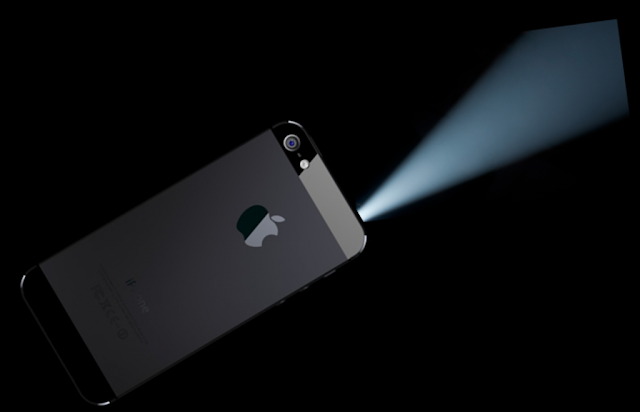
Apple and the built-in projector
Apple is trying hard to incorporate the iPhone7 which is
expected to be launched in September 2014 to feature the projector. Through the
projector one can usually watch pictures and videos stored on their phone on an
even larger screen than that of their expected 4.7 inch display. Thus projector
is useful to many people in today’s life and thus this feature would attract
audiences who are always into presentation stuff.
The in-built process although it will allow a user to do all
the basic activities it cannot replace the original projector. But it can
indeed work as a substitute in the projectors’ place as and when needed. Also
See: iPhone 7 will be waterproof
In today’s world most of the presentations are done with the
help of projector. Be it a classroom where the students are to be taught to a
conference room where a multi-million deal is about to be signed, all of these
take place through the virtual presentation which one makes through the power
point and then displays the plans and ideas through projectors.
This in-built projector would prove out to be too handy for
the people who deal with presentation stuffs on a daily basis and is seriously
a boon for the Apple lovers, who will in turn witness their latest launch as
one of the best phones with the most outstanding features when the Apple iPhone
7 comes out in September.

